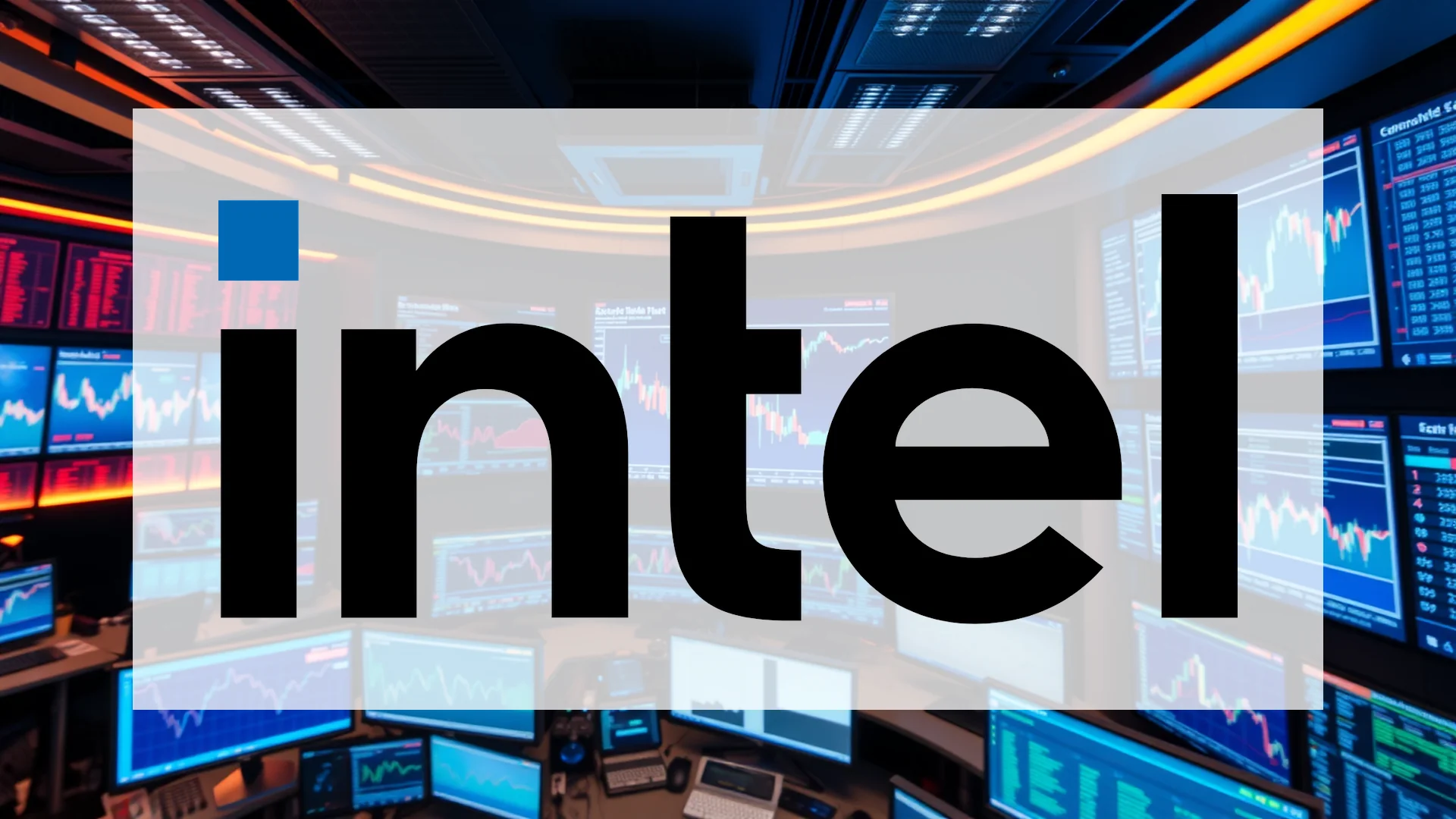The semiconductor industry is witnessing a remarkable turnaround story as Intel, the long-struggling chip behemoth, delivers a stunning financial performance that has propelled its shares to impressive gains. After several challenging years, the company appears to be regaining its competitive edge, though questions remain about whether this represents a sustainable recovery or merely a temporary surge.
Strategic Investments Fuel Optimism
Intel’s revitalization efforts received significant validation through multiple high-profile investments during the quarter. In a surprising strategic move, NVIDIA committed $5 billion to acquire Intel shares while announcing a collaboration on custom data center and PC products. This was complemented by SoftBank’s additional $2 billion investment and substantial government support through the CHIPS Act, which provided $5.7 billion in funding.
Despite these developments, Intel’s foundry business continues to present challenges. The division generated $4.2 billion in revenue but experienced a 2 percent decline, with the company still seeking the major external customer needed to justify its ambitious $100 billion investment program in this segment.
Quarterly Performance Shatters Expectations
Intel’s third-quarter 2025 results dramatically exceeded even the most optimistic analyst projections. The company reported revenue of $13.7 billion, surpassing forecasts by a substantial $600 million. More impressively, Intel transformed last year’s loss of $0.46 per share into a profit of $0.23 per share, marking a significant reversal for the former industry leader.
The company’s operational efficiency showed remarkable improvement, with gross margins exploding higher by over 23 percentage points to reach 38.2 percent. Simultaneously, Intel successfully implemented substantial reductions in operating expenses, providing clear evidence that its restructuring strategy is finally yielding tangible results.
Should investors sell immediately? Or is it worth buying Intel?
Technological Renaissance Underway
Intel demonstrated its technological comeback with the successful development of its 18A process technology. The company’s new Core Ultra Series 3 processors represent the first client chips built on this advanced 18A foundation, with two fabrication facilities already producing using this cutting-edge node technology.
An interesting challenge has emerged for the chipmaker: current demand exceeds available production capacity. Management anticipates that CPU supply constraints will persist well into 2026, indicating robust market demand for Intel’s products—a problem most companies would welcome.
Wall Street Maintains Cautious Stance
Despite the impressive rally and strong fundamentals, many Wall Street analysts remain notably cautious in their assessment. Bernstein Research raised its price target from $21 to $35 but maintained its “Market Perform” rating. Both JPMorgan and Bank of America continue to recommend underweight positions, citing persistent competitive challenges in the semiconductor landscape.
This skepticism finds support in Intel’s fourth-quarter guidance, which projects revenue between $12.8 billion and $13.8 billion—slightly below market expectations. The critical question facing investors is whether Intel can maintain its current momentum or if the semiconductor giant will soon stumble again in its recovery journey.
Ad
Intel Stock: Buy or Sell?! New Intel Analysis from December 19 delivers the answer:
The latest Intel figures speak for themselves: Urgent action needed for Intel investors. Is it worth buying or should you sell? Find out what to do now in the current free analysis from December 19.
Intel: Buy or sell? Read more here...










